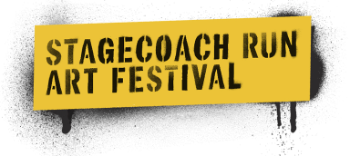Stagecoach 2016 Honoree: Joseph Kurhajec
Joseph Kurhajec is being honored this year as a one of the two founders of the Stagecoach Run Art Festival. This interview was originally conducted in January, 2015
in Merida, Mexico by Alison Wattie.
“Sculptor Joseph Kurhajec is a wild and generous artist, working intuitively to give form to those dark, primitive and mysterious forces within myth, legend, self, dream and belief.”
– Art Critic Edward Bryant
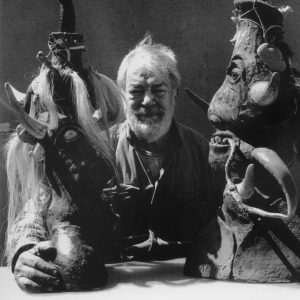
The World of Joseph Kurhajec
Step into Joseph Kurhajec’s studio and you fall down the rabbit hole. It is a world where imagination knows no bounds, where wonder and delight meet with horror and death. On one shelf a mystical Mayan snake suckles at the breast of a fertility goddess. On another, a series of carved ceramic skulls patiently wait for the hands of the sculptor to give them life.
What is it you hope people experience when they see your work?
When I’m working, I always feel I’m on the verge of a great discovery. Art is research and although I work on intuition, my work is informed by years of study and travel, and absorbing all that I see in art and nature.
In the 60s I saw an exhibition of Congo fetishes at the Art Institute of Chicago that changed my own work dramatically. I’m always trying to make something that has a soul, that speaks to people, that has power, and I hope others experience this when they look at my work.
You have studios in Merida, MX, Treadwell, NY, and Paris. Is the work you create in each studio different?
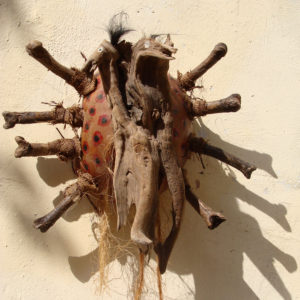
Being a sculptor is in my DNA and I work with the materials that speak to me. In New York I sculpt more in ceramics and metal, in Mexico I carve in the beautiful indigenous stone, which is one of the reasons I came here. In France I do more etchings.
Each culture gives me something—the cathedrals in France, the Mayan art in Mexico and in upstate New York, I go fishing. Actually, I go fishing whenever I can—it’s another passion.
How did you end up in NYC as a young artist?
I got my Masters Degree at the University of Wisconsin then moved to NYC in 1960 because that’s where everything was happening.
Hanging Out With Who’s Who
So, NYC in the 60s—you must have hung out with some pretty infamous characters!
All of them—Warhol, Oldenburg, Lichtenstein, Rosenquist. It was a very open scene, a hotbed of creativity and guys like Leo Castelli and Ivan Carp were instrumental in the emergence of it all.
I was doing tribal art which no one was doing. I showed my work to Alan Stone who became the biggest collector of tribal art in the world. Alan was showing Gorky, de Kooning, Klein, Cornell, and I was with him for 30 years. During my time in NYC, I also had a show at the Guggenheim and two exhibitions at the Whitney Museum.
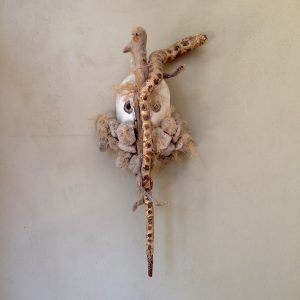
You had all this success in New York but moved to Rome—was it for love?
She was an artist, she looked like a famous Italian actress, and she was a Countess…what can I say (smiles). I lived in Italy for 10 years and still go back to visit. One of my 3 sons lives in Rome and my ex-wife has an exhibition opening this spring that I hope to attend.
What drew you to Merida?
When I finished my Masters, I came here for two months in 1961 to study the Mayan culture. Almost 50 years later, my love for pre-Columbian art, the Aztecs, the Mayans and a dear friend, all lured me back.
Do you have a favorite artist?
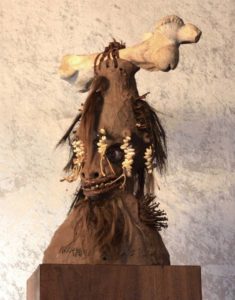
Francis Bacon—I think he’s a powerhouse! Anselm Kiefer, another powerhouse! Picasso, Miró, Léger! I love ‘em all.
What would you say to a young artist just starting out?
I’m 76 years old and most of my friends are dead and gone. It feels strange, but it makes me want to work even harder. I feel lucky to be alive so I don’t waste time. And that’s what I would say to any artist. “Don’t waste time, just make art. Follow your passions, trust your intuition, don’t be afraid.” The Dalai Lama once said, “Never give up, no matter what is going on around you, never give up.” I think that’s pretty good advice.
